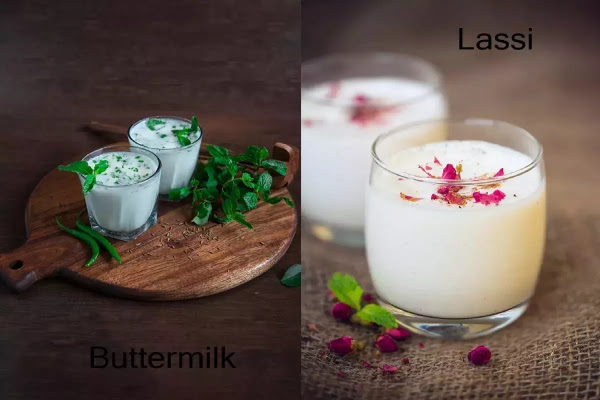Featured
- Get link
- X
- Other Apps
What Not to Eat in Diabetes: Guide for Healthy Eating

Refined Carbohydrates and Sugary Foods
Refined carbohydrates and sugary foods significantly impact
blood sugar levels and should be avoided or consumed in moderation by
individuals with diabetes. These include:
White bread, white rice, and pasta: These nourishments have
a in height glycemic index and can cause a rapid rise in blood darling levels.
Opt for whole-grain alternatives instead.
Sugary beverages: Soft drinks, fruit juices, and sweetened
teas can cause a spike in blood sugar levels due to their high sugar content.
Choose water, unsweetened tea, or sugar-free alternatives.
Desserts and sweets: Cakes, cookies, candies, and other
sugary treats are loaded with refined sugars and should be limited. In
moderation, opt for healthier alternatives like sugar-free desserts, fresh
fruits, or dark chocolate.
Trans Fats and Saturated Fats
Foods high in trans fats and soaked fats can increase the
risk of heart disease and worsen insulin resistance. Individuals with diabetes
should avoid or limit the following:
Fried foods: French fries, fried chicken, and other
deep-fried foods are often high in trans fats and unhealthy oils. Opt for
baked, grilled, or steamed alternatives instead.
Processed meats: Sausages, hot dogs, bacon, and deli meats
contain high saturated fats and should be consumed sparingly. Select lean cuts
of essence, poultry, or fish as healthier protein sources.
Full-fat dairy products: Whole milk, cheese, and butter are
high in saturated fats. Switch to low-fat or non-fat dairy products for
healthier alternatives.
High-Sodium Foods
High-sodium foods can contribute to high blood pressure and
increase the risk of heart disease. Individuals with diabetes should limit
their eating of the following:
Processed and canned foods often contain high sodium levels
for preservation purposes. Opt for fresh or frozen fruits, vegetables, and
meats whenever possible.
Condiments and sauces: Ketchup, soy sauce, salad dressings,
and other condiments can be high in sodium. Choose low-sodium versions or make
your sauces using fresh ingredients and herbs.
Snack foods: Potato chips, pretzels, and salted nuts are
typically high in sodium. Look for low-sodium or unsalted options as healthier
snack alternatives.
High-Glycemic Index Foods
Foods with a in height glycemic index (GI) can cause fast
spikes in blood sugar levels. It is best to limit or avoid the following:
White potatoes: Boiled or mashed white potatoes have a high
GI. Opt for sweet potatoes or cauliflower as healthier alternatives.
Watermelon and pineapple: While fruits are generally
healthy, these particular fruits have a high GI due to their natural sugar
content. Choose lower-GI fruits such as berries or apples instead.
White rice and couscous: These foods are quickly processed
and can cause a rapid rise in blood sugar levels. Choose whole-grain choices
like brown rice or quinoa.
Alcohol and Sugary Beverages
Alcohol and sugary beverages can negatively impact blood
sugar control and should be consumed in moderation or avoided altogether:
Alcoholic beverages: Alcohol can lower blood sugar levels
and interfere with diabetes medications. If consumed, do so in moderation and
always with food to minimize its impact.
Sugary cocktails and mixed drinks: These drinks are often
loaded with sugars and can cause significant spikes in blood sugar levels. Opt
for sugar-free or low-sugar alternatives like light beer or spirits mixed with
sugar-free mixers.
Conclusion
Maintaining a healthy diet is essential for individuals with
diabetes to manage their condition effectively. By understanding what not to
eat with diabetes, individuals can make informed food choices that promote
stable blood sugar levels and overall well-being. Avoiding refined
carbohydrates, sugary foods, trans fats, saturated fats, high-sodium foods,
high-GI foods, and excessive alcohol and sugary beverages is key to maintaining
a healthy diet. Instead, focus on consuming whole grains, lean proteins,
fruits, vegetables, and healthy fats. Working closely with a healthcare
professional or a registered dietitian can deliver personalized guidance and
support in developing a well-balanced meal plan that suits individual needs. By
prioritizing healthy eating, individuals with diabetes can optimize their blood
sugar control and lead a fulfilling and healthy life.
- Get link
- X
- Other Apps
Popular Posts
Refreshing Cold Soup Steps To Chill On Hot Summer Days
- Get link
- X
- Other Apps

